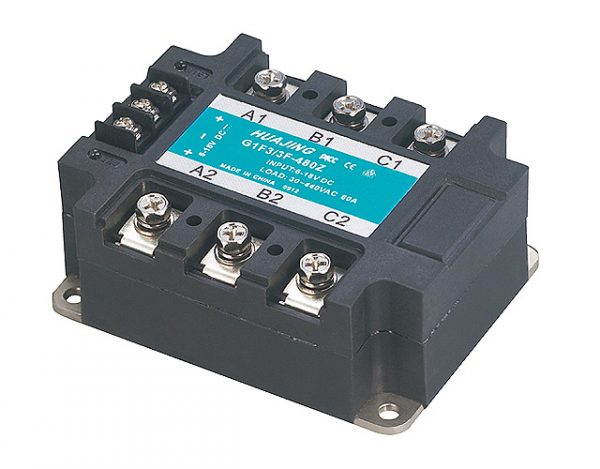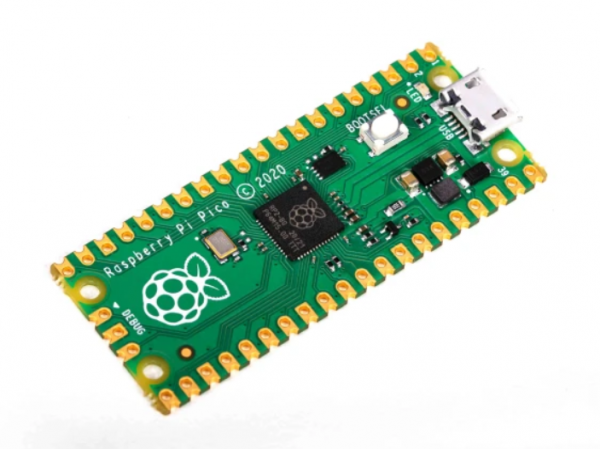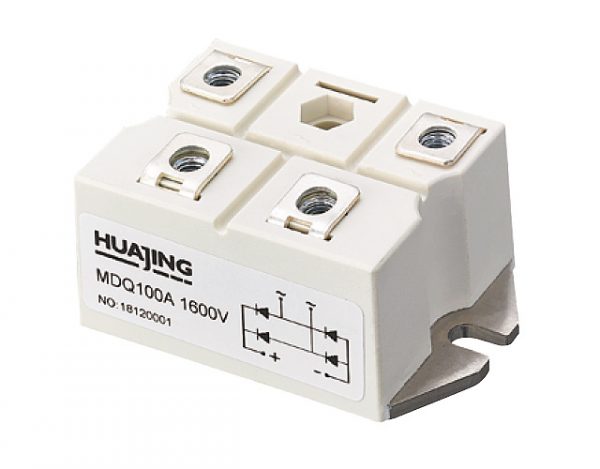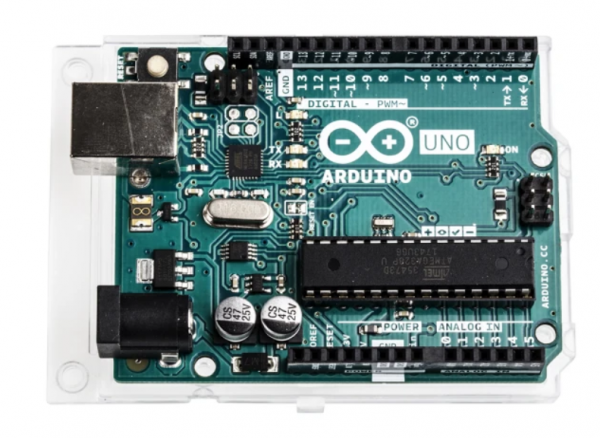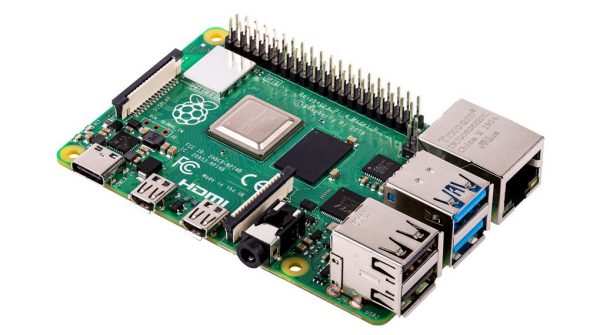Why DeFi Security Needs a Rethink: MEV, Simulations, and Your Wallet
Whoa! Ever felt like your DeFi trades are being silently hijacked? Yeah, me too. The whole idea of decentralized finance promised freedom, but sometimes it feels like you’re just handing your assets off to invisible middlemen. Something felt off about the way bots and miners manipulate transactions—MEV, or Miner Extractable Value, is this sneaky beast lurking in the background, and it’s messing with our security assumptions.
Okay, so check this out—MEV isn’t just some nerdy acronym. It represents the profit miners or validators can make by reordering, including, or censoring transactions within blocks. Initially, I thought MEV was just a fringe issue, relevant only to whales or big players. But then I realized it affects everyday DeFi users—yes, even those trading small amounts.
Here’s the thing. Your average wallet doesn’t really shield you from MEV attacks. It’s like locking your front door but leaving the windows wide open. You think your funds are safe, but bots are front-running or sandwiching your trades, extracting value while pushing your slippage through the roof. The whole ecosystem feels a bit like the Wild West—exciting, but with danger lurking around every corner.
One frustration here is that many wallets don’t offer advanced transaction simulation, which could help users anticipate how their trades might be manipulated. I’ve tried a bunch of wallets, and only a handful provide real-time previews of potential transaction outcomes. This gap is very very important because understanding how your transaction might behave before you sign it could save you from losing serious money.
Honestly, I’m biased, but that’s why the rabby wallet caught my attention. It feels like it was built with these exact issues in mind. Instead of just being a simple interface to your funds, it tries to simulate transactions, offering a kind of protective shield against MEV. I’m not 100% sure it’s perfect, but it’s a step in the right direction.
Now, here’s where it gets tricky. On one hand, DeFi’s transparency should theoretically prevent manipulation, but on the other hand, that very visibility allows bots to analyze pending transactions and exploit them in milliseconds. It’s a paradox. Seriously, who thought transparency would become a weapon in the wrong hands?
Simulating transactions before execution isn’t just a nice-to-have—it’s becoming a must-have. Imagine knowing that your swap could trigger a front-run attack before you hit confirm. That knowledge empowers you to tweak your gas price or reconsider the trade. Some wallets barely scratch the surface here, but rabby wallet integrates this functionality pretty seamlessly.
By the way, this isn’t just about protecting your funds. It’s about preserving trust in DeFi itself. If users keep getting burned by MEV and slippage, they might bail on the space entirely. That would be a real shame since DeFi holds so much promise for democratizing finance.
Here’s a little tangent for you—think about traditional finance. Banks and brokers have their own ways of managing transaction risk, but they do it behind closed doors. DeFi’s open nature is both its greatest strength and biggest vulnerability. We’re still figuring out how to balance openness with security, and honestly, it feels like we’re barely scratching the surface.
So, what does this mean for your everyday DeFi user? Well, if you’re serious about security, it’s no longer enough to just pick a wallet that looks slick. You want one that’s proactive about MEV protection and transaction simulation. This is where the rabbit hole gets deep—there are different approaches, from flashbots to private transaction relays, but integrating these protections into a user-friendly wallet is a tough nut to crack.

How Rabby Wallet Steps Up the Game
Alright, so here’s something that’s been on my mind: many wallets talk about security, but they don’t show you what’s actually happening under the hood. The rabby wallet stands out because it brings transaction simulation front and center, letting you preview and double-check what’s about to happen before you approve it.
That means no more blind trust. When you initiate a swap or a DeFi interaction, rabby wallet simulates the transaction on-chain, showing you potential outcomes, gas costs, and even warnings if something looks fishy. It’s almost like having a personal bodyguard for your digital assets.
Of course, I’m not saying it’s foolproof. Nothing ever is—especially in a space as volatile as crypto. But it’s a huge improvement over wallets that simply send your transaction into the void and hope for the best. The ability to catch issues before they happen feels empowering.
Also, rabby wallet’s multi-chain support is a big plus. DeFi isn’t just Ethereum anymore; Polygon, Arbitrum, and others are huge players. Managing security across chains while keeping the experience smooth is challenging, but rabby wallet seems to handle it better than most.
Here’s a quick personal anecdote: I once almost sent a transaction that would have failed due to a price slippage problem, but with rabby wallet’s simulation, I caught it in time. Saved me from wasting gas fees and the headache of a failed trade. I mean, who likes losing $20 on a failed transaction? Not me.
On the other hand, there’s still room for improvement. Sometimes simulations take a bit longer, and that can be annoying if you’re trying to move fast. But honestly, I’d rather wait a few seconds than lose money. That’s just me.
Another aspect that bugs me is the user interface complexity. Advanced features sometimes intimidate newer users, which is ironic because the people who need these protections most might shy away from them. Maybe a more intuitive onboarding could help? Just a thought.
Something else worth mentioning: MEV protection isn’t a one-size-fits-all. Different DeFi protocols and blockchains have unique vulnerabilities. So, wallets like rabby wallet need ongoing updates to keep pace. Crypto moves fast, and security tools must keep up.
Still, the direction is promising. By combining simulation, MEV awareness, and multi-chain compatibility, rabby wallet is carving out a niche that could redefine how we think about DeFi security.
So, Where Does That Leave Us?
Hmm… I keep coming back to the idea that DeFi security is not just technical—it’s deeply human. We want freedom and control, but also peace of mind. That tension creates this perfect storm where wallets have to be smarter, more transparent, and user-focused.
One hand says “trust the code,” but the other says “verify everything.” And actually, that’s where tools like transaction simulation shine—they let us verify before committing. It’s a subtle shift from blind faith to informed action.
By the way, if you want to dive deeper into wallets that embody these principles, I really recommend checking out rabby wallet. It’s not just hype; it’s built with the messy realities of DeFi in mind.
That said, I’m still watching closely. How will they handle new forms of MEV? What about UX improvements? These are open questions. But at least we’re moving towards a future where your wallet isn’t just a dumb tool, but an active partner in your financial journey.
And you know, that’s a big deal. Because at the end of the day, DeFi’s promise is about empowerment. We deserve wallets that get that—and go beyond the basics.
Frequently Asked Questions
What exactly is MEV and why should I care?
MEV stands for Miner Extractable Value, which refers to the profit miners or validators can make by manipulating the order or inclusion of transactions in a block. It can cause your trades to be front-run or sandwich-attacked, leading to losses or higher slippage.
How does transaction simulation improve security?
Simulation lets you preview what will happen when your transaction is executed on-chain, including gas costs and potential failures. This helps you catch issues like front-running or slippage before you commit, saving money and hassle.
Is rabby wallet suitable for DeFi beginners?
It supports advanced security features like MEV protection and transaction simulation, which might seem complex at first. However, its interface strives to be user-friendly. Beginners may need some time to get comfortable, but the extra protection is worth it.

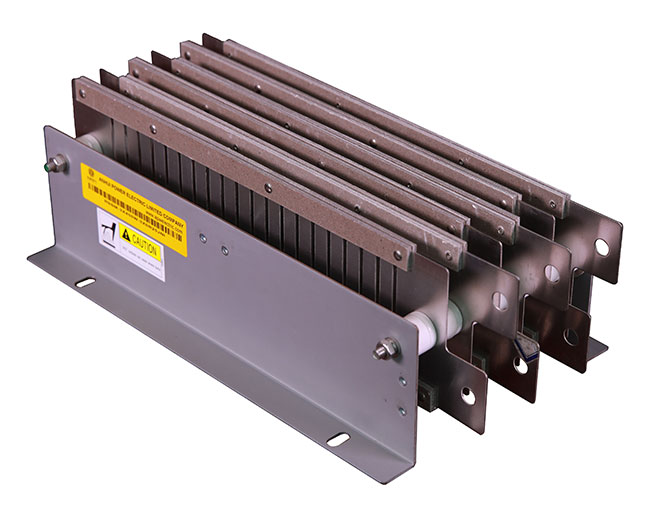

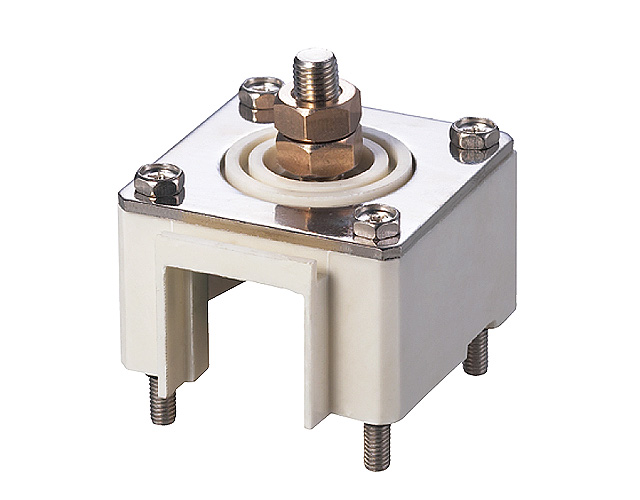
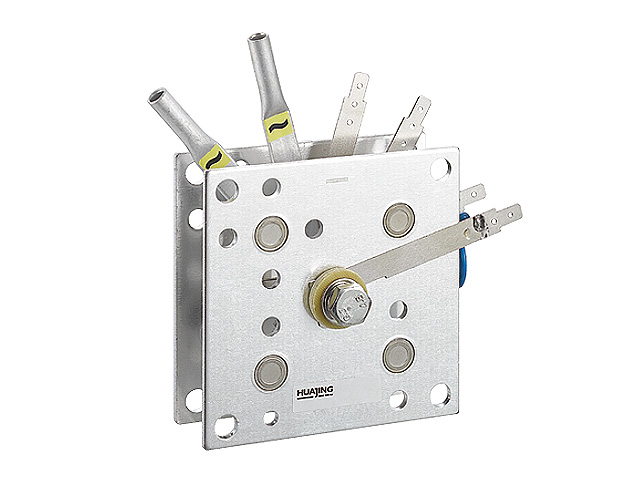
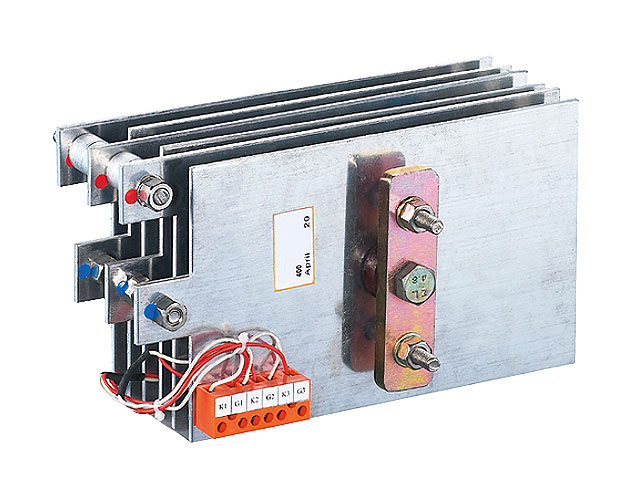

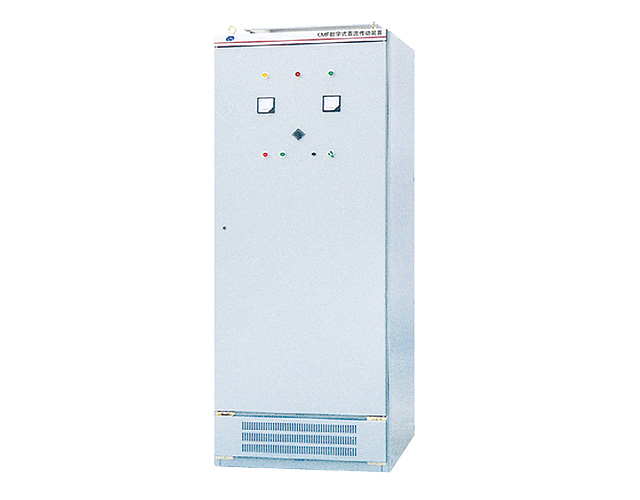










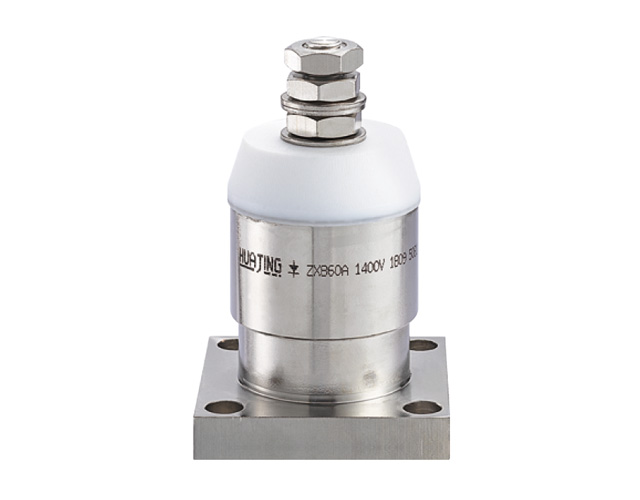


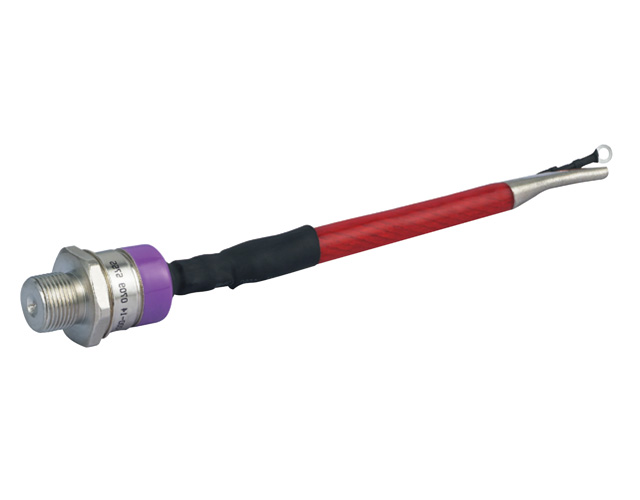
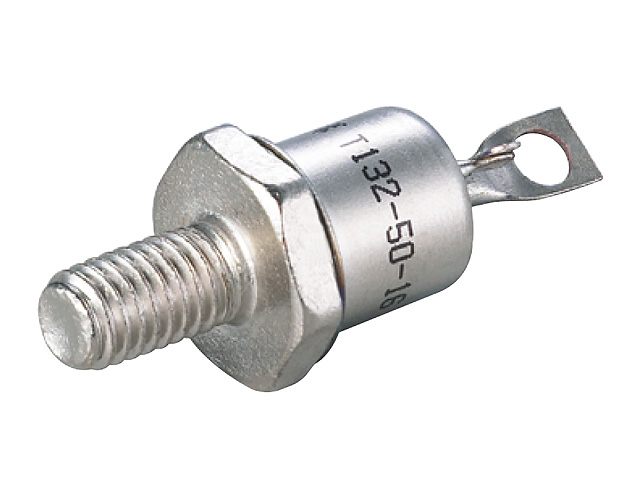
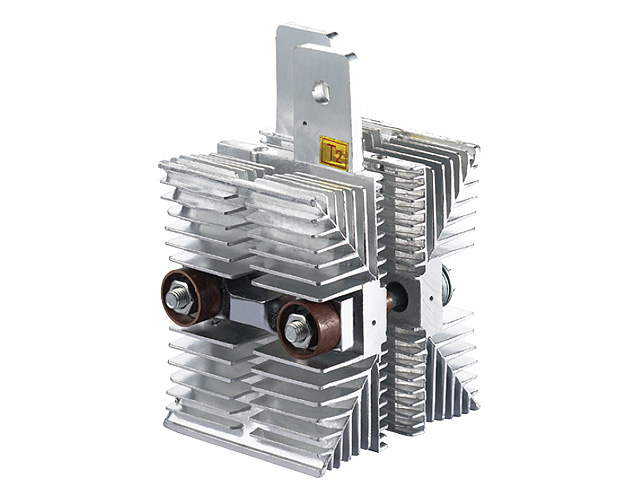

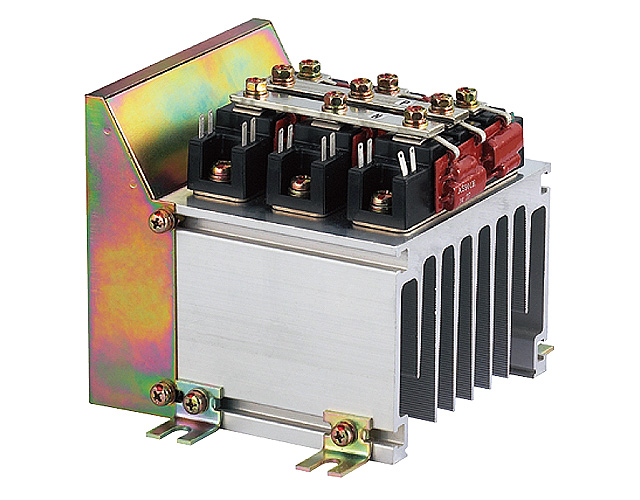
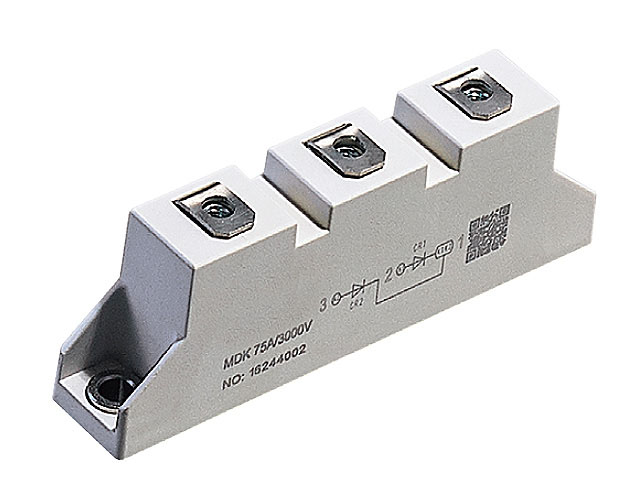



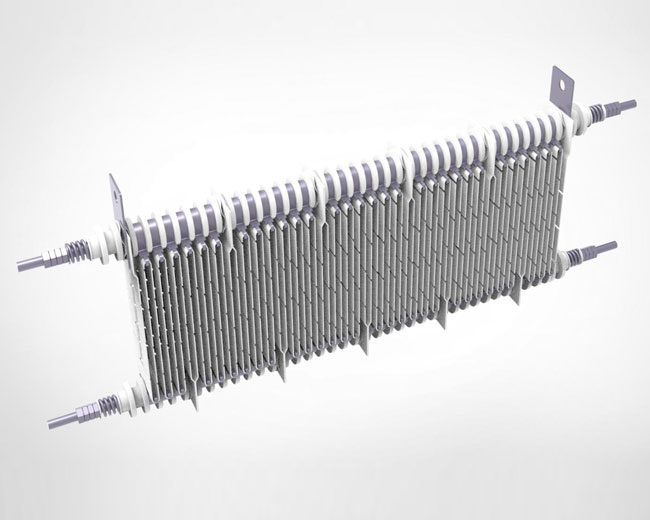
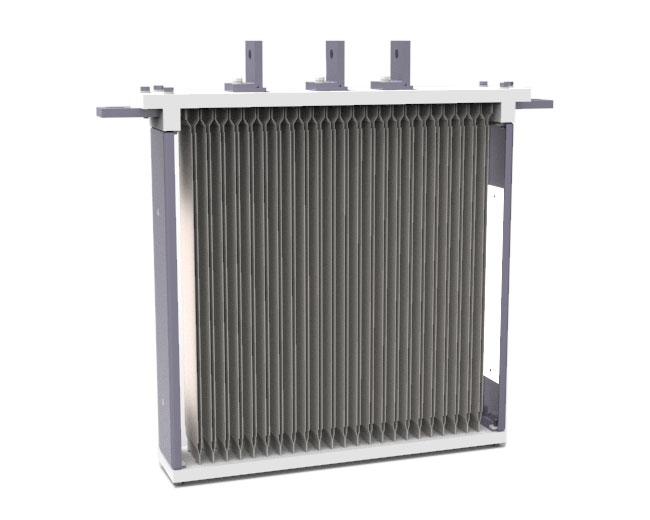
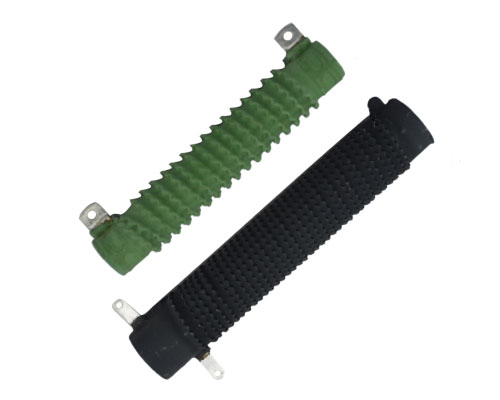
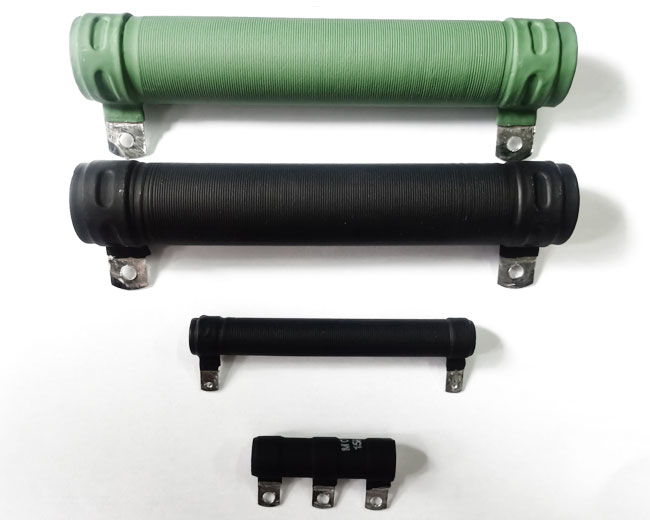



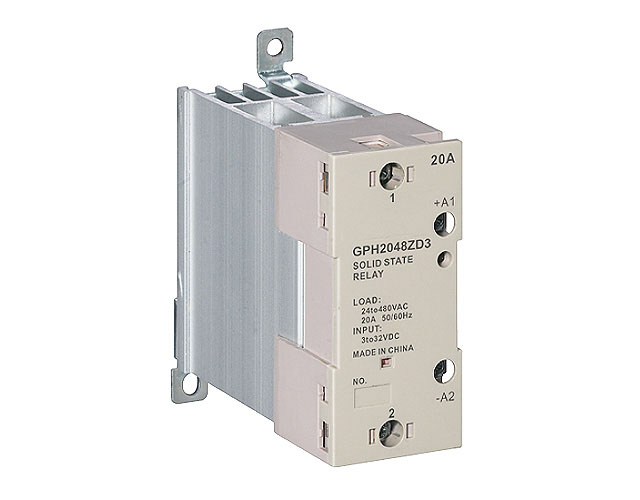
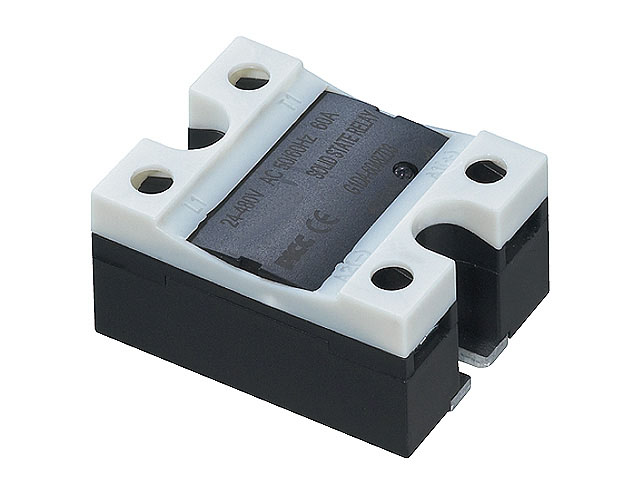
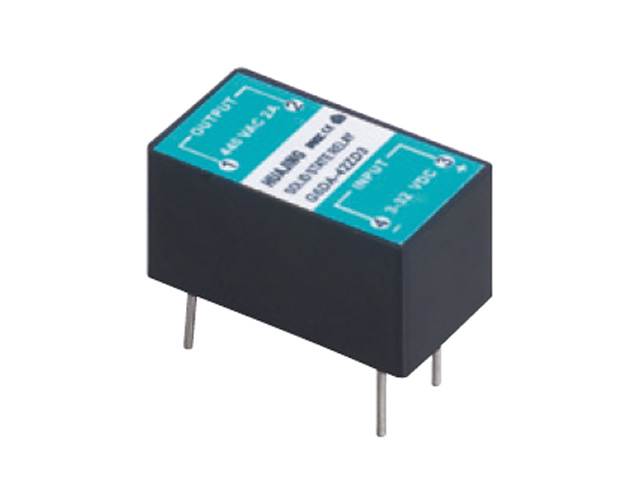
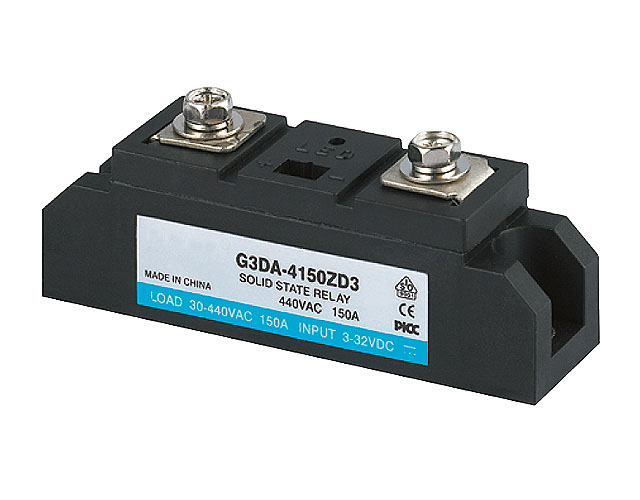
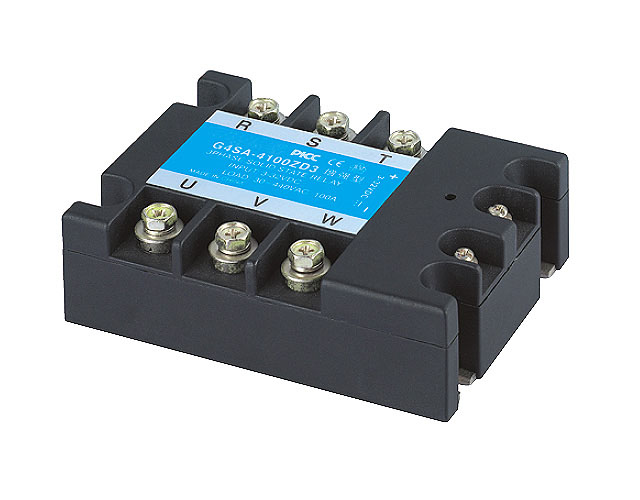
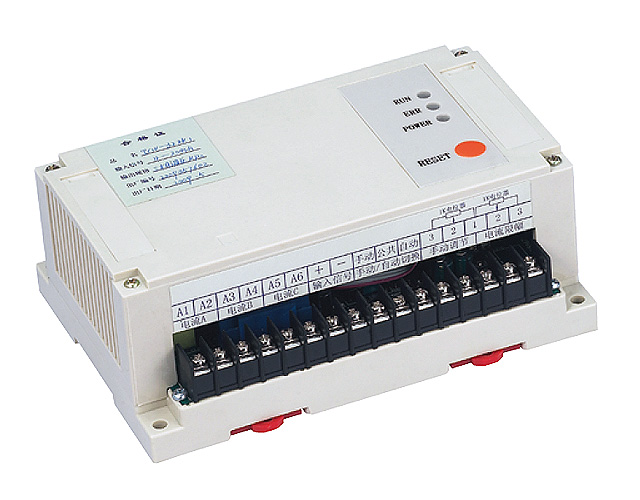
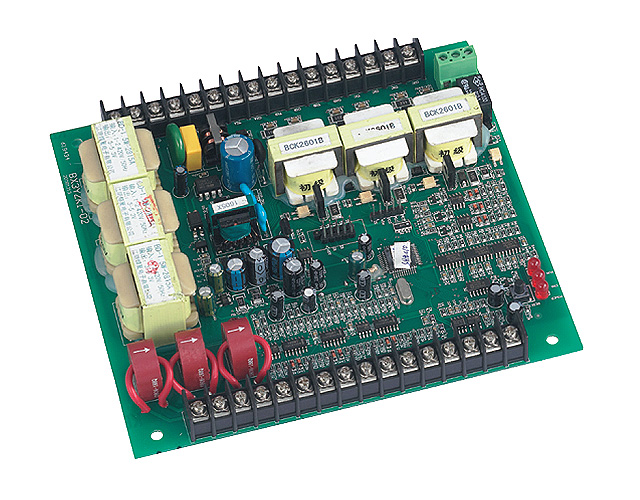
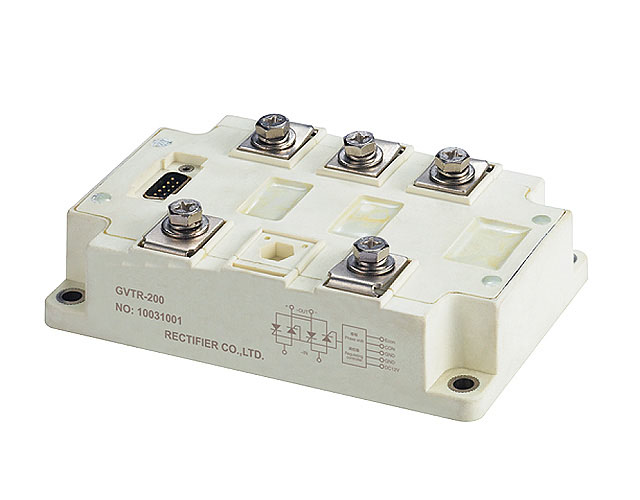
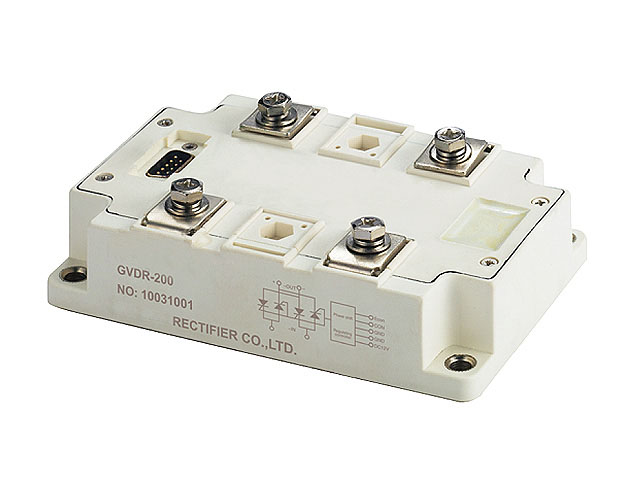
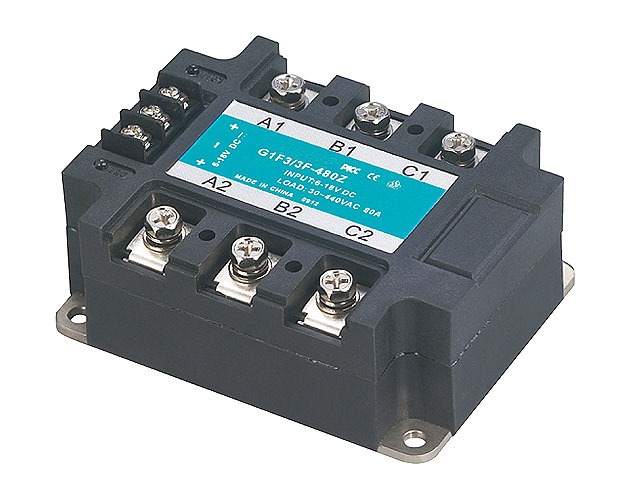
 Menu Item #1
Menu Item #1 Menu Item #2
Menu Item #2 Menu Item #3
Menu Item #3


































